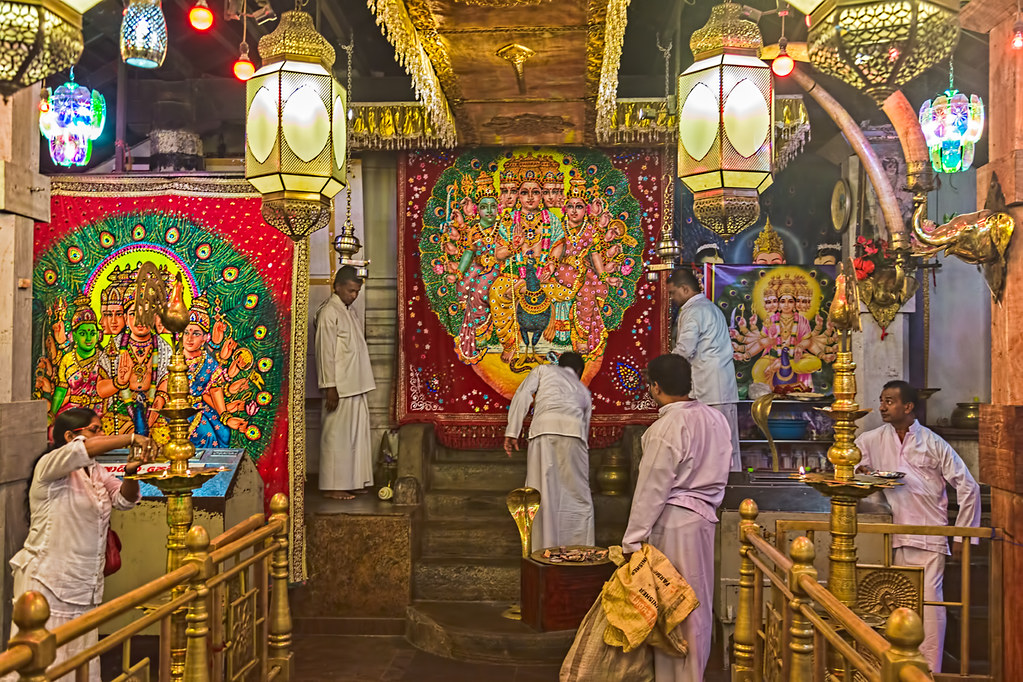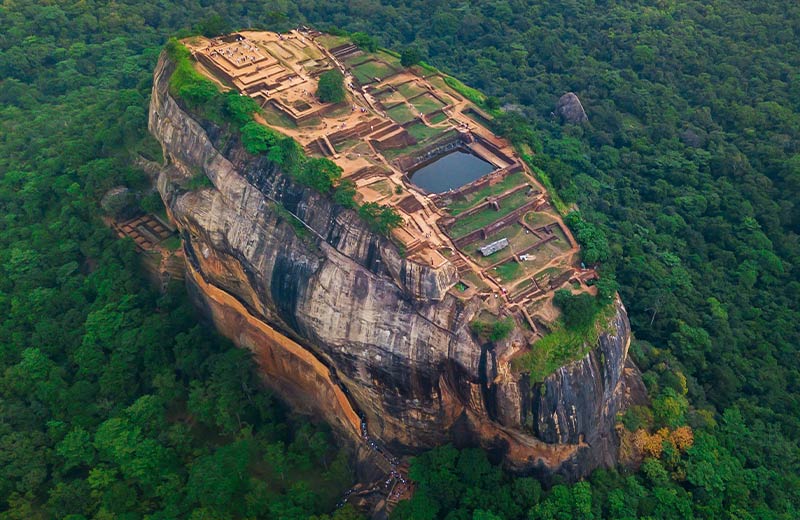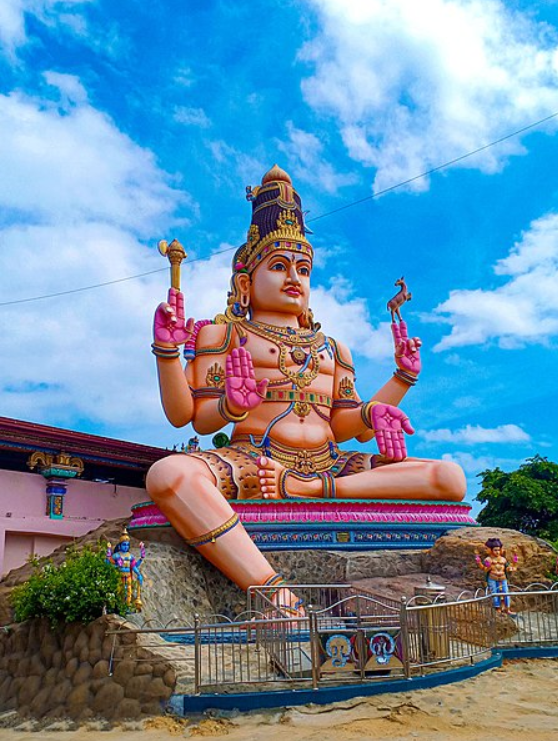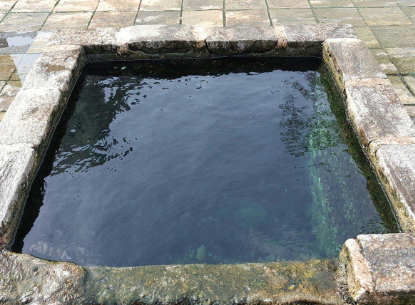Table of Contents
Kataragama Temple

Kataragama temple in Kataragama, Sri Lanka was built by King Dutugamunu around 160 BC. The temple is dedicated to Buddhist deity Kataragama Deviyo and the Hindu god Murugan. It is one of the few religious sites in Sri Lanka that is respected by Buddhists, Hindus and Muslims. The shrine has for centuries attracted Tamil Hindus from Sri Lanka and South India who undertook an arduous pilgrimage on foot, the site has risen dramatically among Sinhalese Buddhists who today constitute the majority of the visitors. It is an hour’s drive away from the Hambantota port.
The temple’s tradition involves first praying and worshiping the god Muruga, followed by worshiping Lord Buddha. The priests of the temple, known as Kapuralas, are believed to be descendants of the Vedda people. The high-ranking priest walks down the red carpet, after which they perform pooja for the gods. The priests are only allowed to walk down the red carpet when conducting pooja, a practice overseen by the temple workers and which has been carried out for centuries.
Besides being a place of worship it stands as a tourist destination renowned for its historical significance and spiritual allure, the temple offers visitors a tranquil surroundings. The serene ambiance, coupled with centuries-old architecture, creates a peaceful retreat for those seeking solace and cultural exploration. Pilgrims and tourists alike are drawn to the sacred atmosphere, where ancient rituals and vibrant festivals unfold.
The temple’s setting, surrounded by verdant landscapes, makes it an ideal spot for appreciation of Sri Lanka’s rich heritage. Kataragama Temple beckons with a harmonious blend of spirituality and natural beauty. The temple boasts intricate carvings, ornate pillars, and detailed sculptures, showcasing the craftsmanship of its ancient builders. The temple’s historical significance is evident in its design, with influences dating back to the 5th century, as mentioned in the Mahavamsa. The site served as the capital for the Ruhuna Kings, strategically chosen for defense against South Indian invasions.
The captivating deities and the serene environment make it only that much more desirable. Include this spiritual haven in your travel list for a delightful experience of beauty and tranquility.
Sigiriya Rock Fortress

Sigiriya Rock Fortress also known as the Lion rock is a special place in Sri Lanka that’s really old and it is an architectural brilliance. It sits on a huge rock high above the ground which once served as a quiet place for monks, then a fancy castle for kings, and it’s also super well-planned.
The Sigiriya Rock measures around 660 ft and it gives a fantastic view for all the tourists visiting all of Sri Lanka. It is a world heritage site as declared by UNESCO in 1982. This place has been around since the 5th century, and it has a cool history.
Best time to visit Sigiriya
January to April is the best time to visit the Sigiriya rock in Sri Lanka when the climate is moderate and humid. May to August is a very dry season but the place has a tropical climate with a humidity of eighty percent all-round the year. However, the best time to visit the rock would be around 7AM or planning a trip late afternoon as it has the least crowd during these hours and also the light is good enough for clicking great pictures.
Exploring the rock is most enjoyable on weekdays and non-holiday periods when there are fewer crowds. This allows you to fully appreciate the stunning fresco art. The least crowded time to visit Sigiriya is from October to December, which is considered the off-season due to heavy rains. Climbing the rock can be challenging in the monsoons, and the breathtaking views from the summit might be hidden by clouds. The visiting hours are between 6:30 AM and 5:30 PM.
Thirukoneshwaram Temple

On the edge of Swami Rock in the ancient city of Trincomalee, the Thirukoneshwaram Temple is a blend of spirituality, history, and natural beauty. It is known as one of the Panch Ishwarams, the five major Shiva temples in Sri Lanka.
Its name, some believe, comes from “Trikon” (triangle) and “Ishwara” (lord), symbolizing its location among three majestic mountains. Thirukoneshwaram Temple sits on a cliff overlooking the Indian Ocean, making it a truly special place to visit. The temple’s carvings and Dravidian-style design catch your eye, but it’s the peaceful ocean views that really make it unforgettable. Standing there, you can’t help but feel calm and connected to something greater.
At the center of the temple is the Swayambhu Shiva Lingam, a natural symbol of Lord Shiva that has been worshipped for thousands of years. People come here not just to pray but to feel the peaceful energy that fills the temple and its surroundings.
Over the years, the temple has faced many hardships, including invasions and damage during colonial times. Despite all this, the dedication of the local community has kept it standing strong. Today, it’s a proud symbol of resilience and spiritual unity, loved by all who visit.
If you’re planning a visit, try to go during festivals like Maha Shivaratri. The temple comes alive with vibrant rituals, music, and celebrations, giving you a glimpse of its rich traditions. Don’t forget to take in the stunning views from Swami Rock—if you’re lucky, you might even spot dolphins frolicking in the waters below!
Thirukoneshwaram Temple is not just a destination, it’s an experience that connects you to something timeless and divine. Whether you’re seeking blessings or just a peaceful escape, this temple is sure to leave a lasting impression on your heart.
Kanniya Hot water springs

Kanniya Hot Springs in Trincomalee is a fascinating natural spot with a unique charm. There are seven small square wells here, located close to each other, and each has water at a slightly different temperature. The wells are shallow, just about 3-4 feet deep, and you can see the bottom clearly. The coins thrown in by visitors give the wells a look that reminds you of an ocean floor.
The water in these wells ranges from warm to hot, and part of the fun is touching the water in each one to feel the difference. The temperature changes are not always easy to notice, especially if you visit in the middle of the day when the sun is strong. Still, the warm water feels soothing and comforting. Many people don’t just visit to look at the springs but also to take part in a simple ritual. It’s common to see visitors filling buckets with water from the wells and pouring it over themselves. This is believed to have cleansing and healing benefits and adds a meaningful touch to the visit.
Kanniya Hot Springs is not only a natural wonder but also a place rich in stories and traditions. According to legend, Ravana, the king of Lanka, created these springs to perform the last rites for his mother. This connection to the Ramayana gives the springs a special spiritual significance. It’s also believed they are part of Gokarna Tirtha, another name for Trincomalee Bay mentioned in the ancient text.
For centuries, people have come to the springs to perform rituals, especially last rites. The place holds deep cultural and spiritual importance for Sri Lankans, and this history makes it more than just a tourist attraction.
If you plan to visit, it’s best to go early in the morning or later in the afternoon to avoid the heat. The area is simple and not overly developed, but it has a peaceful atmosphere. Bring a small towel if you want to try pouring the water over yourself—it’s a refreshing and unique experience.
Kanniya Hot Springs is a place where you can connect with nature, history, and tradition. It’s a quiet and meaningful spot that leaves a lasting impression on everyone who visits.
This content was written by Vaishnavi Prabhakar.
